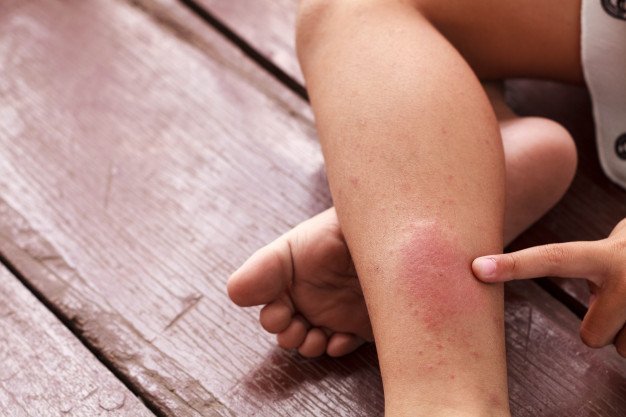Going through life with a problematic condition such as essential tremor can be vastly different depending on the individual. For example, essential tremor is more commonly seen in individuals forty and older, but there are situations of those who suffer from the condition at a young age. That said, the symptoms of essential tremor tend to get more severe with age, which means that the method of treating a young individual might be different from the treatment of an elderly sufferer.
There is also an issue in the fact that essential tremor often is not taken as seriously as conditions such as Parkinson’s disease. It can often result in those who suffer from the condition to feel embarrassed, opting to hide and ignore it instead of seeking treatment.
Is Surgical Treatment the Best Option to Treat Essential Tremor?
When the symptoms get worse
It can be extremely disheartening when the symptoms start to get worse, as it can be as debilitating as any other severe tremor. It can make basic tasks challenging, and it can prevent people from performing their work or their hobbies. It might be so severe that certain individuals can no longer dress or eat by themselves. It is no wonder why some people would prefer searching for treatment – especially if the prescribed medications do not deal with their symptoms.
How relaxation may help
It is common knowledge that anxiety and agitation can make the symptoms of essential tremor much worse. Unfortunately, it results in a cycle where the individual is stressed about by their tremors, which results in the symptoms getting worse. That said, understanding that anxiety is a common means that you can work toward keeping yourself calm and relaxed to help your symptoms.
Treatment options
For those who are having trouble with medications prescribed for essential tremor, surgical treatment might be an option for relieving tremor. There are new treatment options such as focused ultrasound, for those who have not responded well to medication. Consulting with a physician is important for understanding the options for treating essential tremor.
The final verdict:
While it might be somewhat vague, the final verdict will depend on the individual. Each individual, together with their physician, should evaluate the treatment for their individual situation. For those who have tried medications and relaxation but have found little relief, perhaps surgery could be considered.
Read Also:























